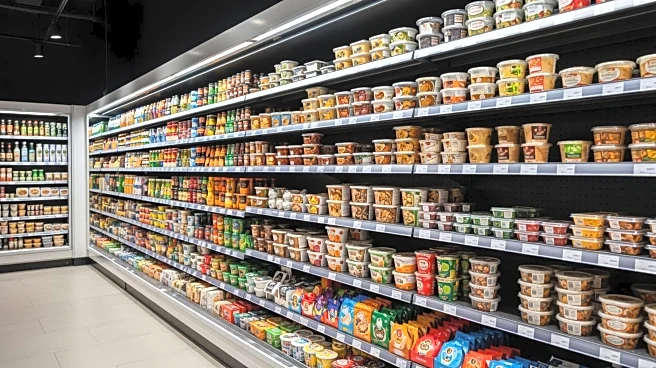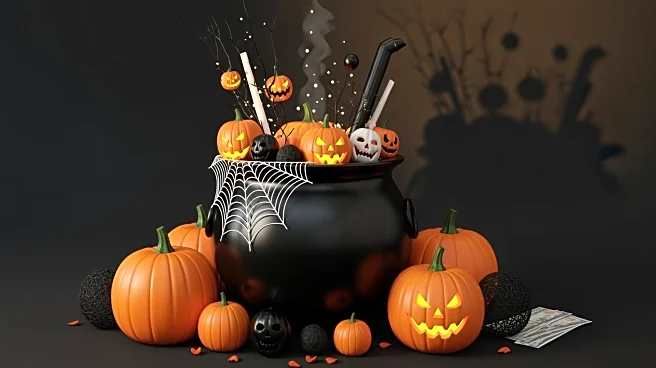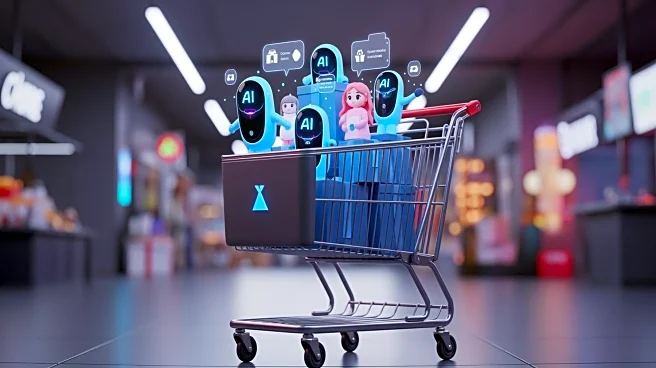What's Happening?
The Acosta Group has released findings from its 'Convenience Store Shopper Study,' highlighting significant growth opportunities within the convenience store channel. The study surveyed over 1,000 convenience store customers, revealing that more than
90% of them purchase food and beverage products during their visits. Mark Rahiya, group president of omnichannel sales and services at Acosta Group, noted that convenience and assortment are key factors fueling this growth, with 26% of customers increasing their trips to convenience stores this year. The study identified hot store food and drinks as major drivers for consumer visits, with 32% of respondents citing them as a primary reason for stopping at convenience stores. Additionally, cold store foods and drinks have seen increased interest, with 30% of respondents purchasing them, up from 25% in 2023. Shelf-stable foods also saw a rise in consumer interest, increasing from 13% in 2023 to 20%.
Why It's Important?
The growth in convenience store sales, particularly in food and beverage categories, reflects changing consumer preferences and economic behaviors. As consumers remain budget-conscious, they are increasingly seeking value and convenience, which convenience stores are well-positioned to provide. This trend presents significant opportunities for brands and retailers to drive incremental growth by aligning their offerings with consumer demands for speed, selection, and value. The emphasis on 'better-for-you' options, with 61% of shoppers actively seeking items with health benefits, indicates a shift towards healthier consumption patterns. This could lead to increased competition among convenience stores to offer healthier and more diverse product selections, impacting the broader food and beverage industry.
What's Next?
Convenience stores may continue to expand their offerings of prepared and impulse purchase foods to capitalize on the growing consumer interest. Retailers might focus on enhancing their product assortment to include more 'better-for-you' options, catering to the health-conscious segment of Gen Z and millennial shoppers. As the demand for hot and cold store foods increases, convenience stores could invest in improving their food service capabilities and marketing strategies to attract more customers. Additionally, the industry might see increased collaboration between convenience stores and food and beverage brands to develop innovative products that meet consumer preferences.
Beyond the Headlines
The shift towards healthier options in convenience stores could have broader implications for public health, as more consumers opt for nutritious choices. This trend might encourage other retail sectors to prioritize health-focused products, potentially influencing food production and marketing strategies. The emphasis on impulse purchases also highlights the psychological aspects of consumer behavior, which retailers could leverage to enhance sales through strategic product placement and promotions.













